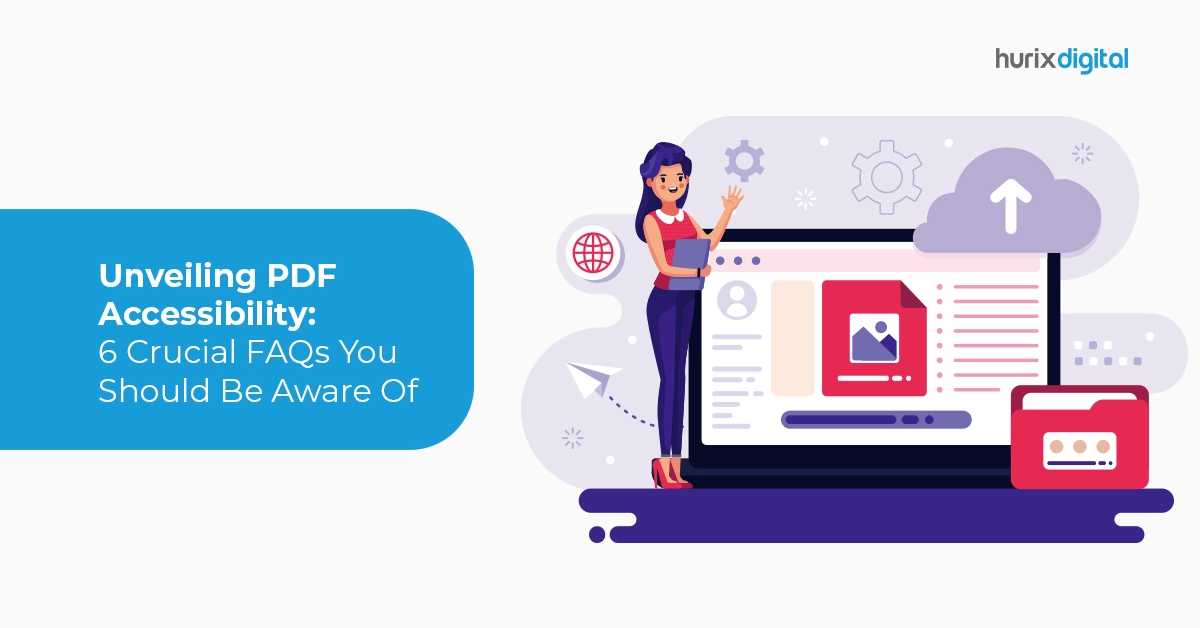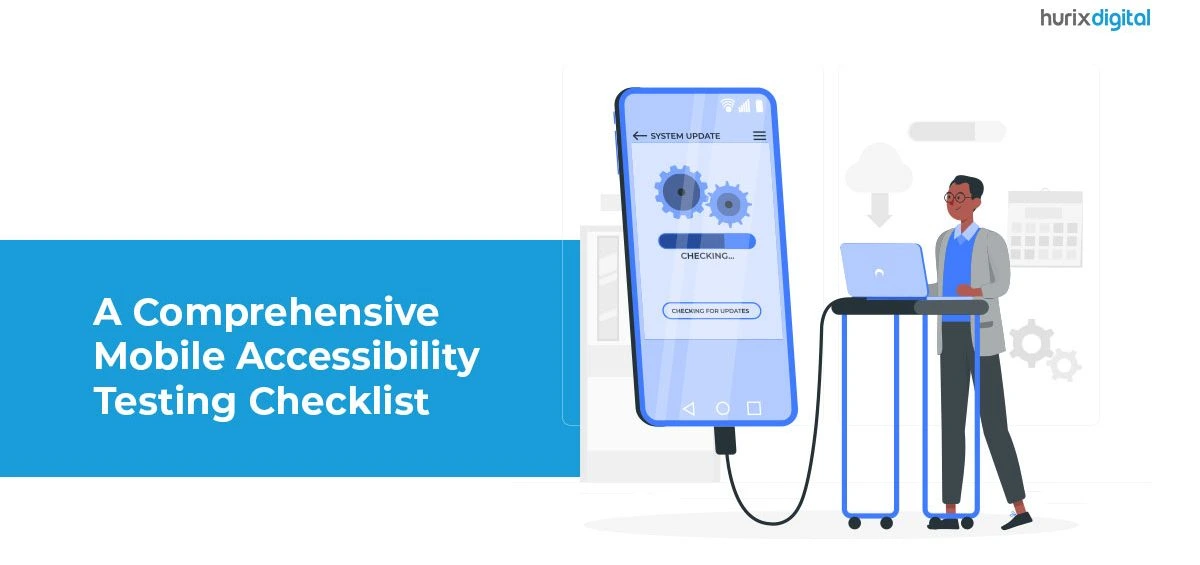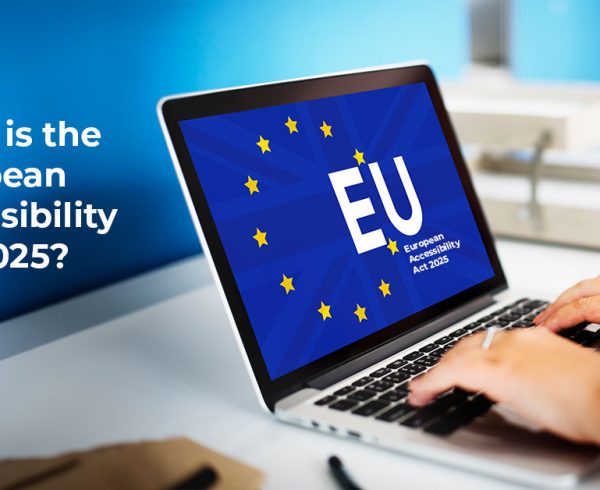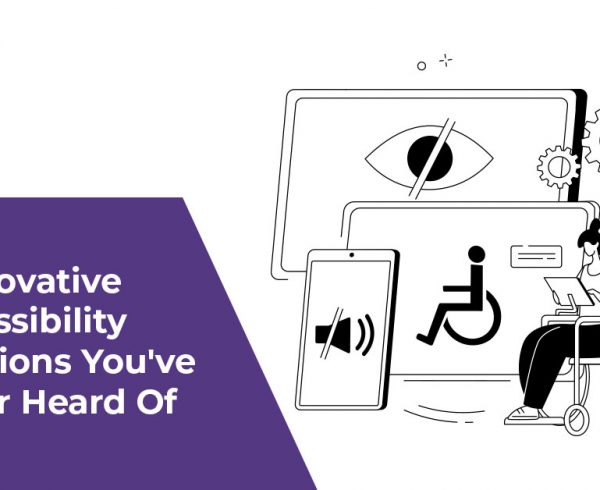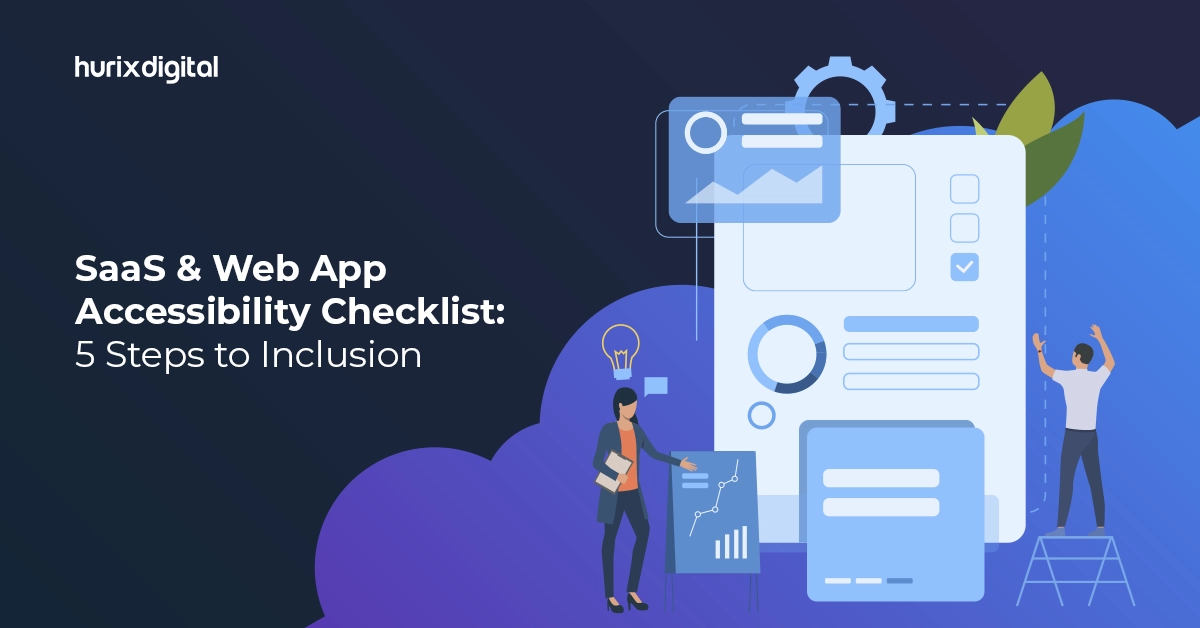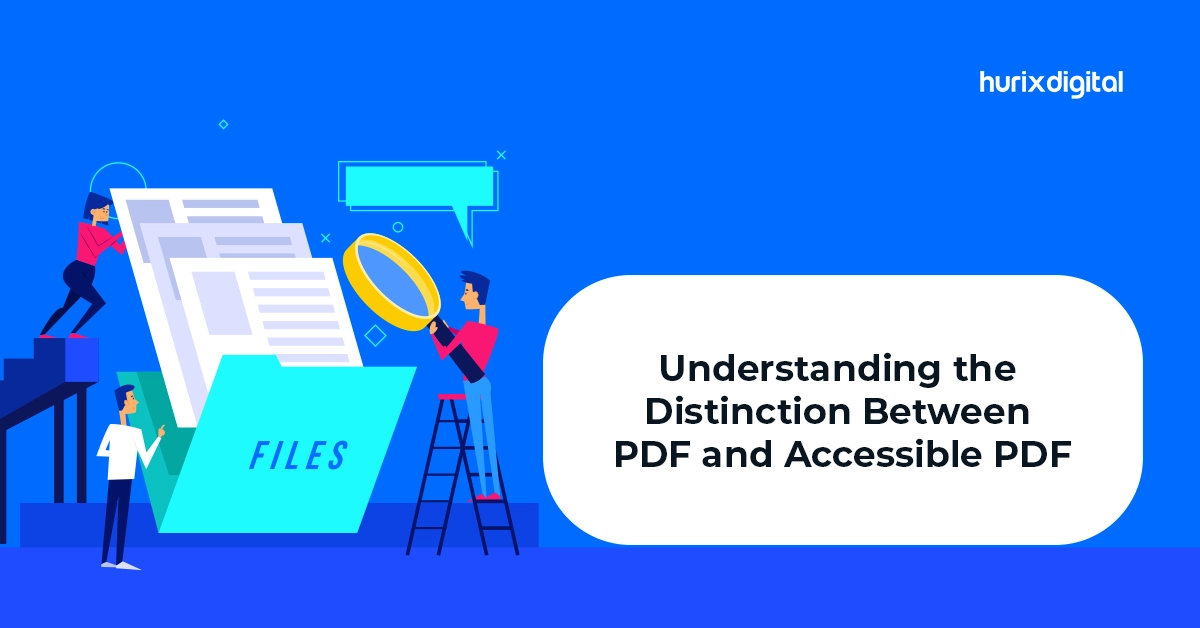Summary
PDF accessibility is important for creating an all-inclusive digital world. There are various tools and resources available to help businesses achieve PDF accessibility requirements. By following best practices and leveraging the expertise of Hurix, businesses can create accessible PDF documents that are user-friendly for everyone.
In our increasingly digital world, Portable Document Format (PDF) files have become a ubiquitous means of sharing and distributing digital documents. However, in the pursuit of inclusivity and equitable content distribution, it’s essential that these PDFs are not just widely used but also accessible to all. This blog embarks on a journey to answer six crucial frequently asked questions (FAQs) about PDF accessibility. We’ll delve into the tools and checklist necessary for making PDFs accessible while ensuring compliance with vital accessibility standards like WCAG 2.1 and Section 508. Furthermore, we’ll uncover the instrumental role that Hurix plays in assisting businesses in meeting their PDF accessibility requirements and the broader goals of creating a digital world that’s accessible to everyone.
Table of Contents:
- What is PDF Accessibility?
- Why is PDF Accessibility Important?
- What Tools Can Help Achieve PDF Accessibility?
- What Should Be Included in a PDF Accessibility Checklist?
- How Does PDF Accessibility Comply with WCAG 2.1 and Section 508?
- How Can Hurix Help Achieve PDF Accessibility?
- Conclusion
What is PDF Accessibility?
PDF accessibility involves the process of creating PDF documents that can be effectively used and understood by individuals with disabilities. This inclusivity extends to those who rely on screen readers, magnifiers, or other assistive technologies. An accessible PDF ensures that every user, irrespective of their abilities, can access the content, navigate through the document, and interact with its elements. In essence, PDF accessibility aims to bridge the digital divide and make content truly universal.
Why is PDF Accessibility Important?
The importance of PDF accessibility cannot be overstated. It forms the cornerstone of inclusivity, ensuring that information is available to everyone, regardless of their abilities. By investing in PDF accessibility, businesses and content creators go beyond mere compliance with accessibility laws; they reach a broader audience and send a powerful message of commitment to inclusive design. Accessible documents are the foundation of a more equitable and participatory digital society.
What Tools Can Help Achieve PDF Accessibility?
In the pursuit of PDF accessibility, a myriad of tools is available to streamline the process. Some of the popular options include:
- Adobe Acrobat Pro DC: Renowned for its accessibility checking and tools to fix accessibility issues in PDFs, Adobe Acrobat Pro DC is a versatile choice for making PDFs accessible.
- PDF Accessibility Checker (PAC): For those looking for a free solution, PAC serves as an invaluable tool. It checks the accessibility of PDF files and highlights potential issues, setting the stage for remediation.
- Microsoft Word and Google Docs: Even before converting your document into a PDF, you can start the accessibility journey with platforms like Microsoft Word and Google Docs. Both offer built-in accessibility features, facilitating the creation of accessible content from the outset.
Also Read: A Guide to Creating Accessible PDF Files
What Should Be Included in a PDF Accessibility Checklist?
Creating an accessible PDF involves adhering to several key principles. A comprehensive PDF accessibility checklist includes the following:
- Add Alternative Text: Ensure that all images and non-text elements are equipped with alternative text, making them interpretable for screen readers and assistive technologies.
- Proper Heading Structure: A logical hierarchy of headings, along with the use of styles for headings, ensures a document’s structure is clear and navigable.
- Meaningful Links: Crafting links with descriptive anchor text fosters ease of use and comprehension for all users.
- Logical Reading Order: A well-defined reading order within the document guarantees that content flows in a way that makes sense when read by screen readers.
- Accessible Fonts and Colors: The use of accessible fonts and colors with sufficient contrast is pivotal in ensuring that content is visually clear and legible to all users.
- Language Attributes: Setting language attributes correctly allows screen readers to pronounce content correctly, enhancing comprehension.
- Form Fields: Properly labeling form fields makes the completion of forms straightforward for all users.
- Metadata: Adding metadata enhances document navigation and identification, ensuring that the document is easily locatable and comprehensible.
How Does PDF Accessibility Comply with WCAG 2.1 and Section 508?
PDF accessibility aligns seamlessly with the Web Content Accessibility Guidelines (WCAG) 2.1, which lays down a comprehensive set of criteria for making web content accessible. These guidelines, however, are not limited to web content and extend to non-web documents, such as PDFs. Additionally, PDF accessibility is mandated by Section 508 of the Rehabilitation Act in the United States. This act necessitates that federal agencies create accessible electronic documents, including PDFs, ensuring that accessibility isn’t just a choice but a legal requirement.
How Can Hurix Help Achieve PDF Accessibility?
Hurix, a leading digital solutions provider, plays a pivotal role in assisting businesses in achieving PDF accessibility requirements. Their expertise in inclusive design and their unwavering commitment to compliance with accessibility standards make them a reliable partner in the journey towards inclusivity. Hurix offers a comprehensive range of services, including accessibility audits, remediation, and consultation. By leveraging these services, businesses can meet their legal requirements, create content that fosters inclusivity, and, above all, make a positive impact by ensuring that their documents are accessible to all users, including those with disabilities. Accessible content is not a dream; it’s a tangible reality with Hurix’s expert assistance.
Also Read: PDF Accessibility: Why It Matters and How to Achieve It
Conclusion:
PDF accessibility isn’t merely an option; it’s an imperative for businesses committed to creating an all-inclusive digital world. As you’ve explored the essential FAQs, the handy tools, and the comprehensive checklist, you’re now well-equipped to make your PDF documents inclusive and user-friendly for everyone. To achieve this goal, Hurix, a leader in digital solutions, stands ready with a wealth of experience in PDF remediation. Their unwavering commitment to compliance with accessibility standards ensures that your documents are accessible to all users, including those with disabilities. In the journey towards accessible documents and content, Hurix is your trusted partner.


